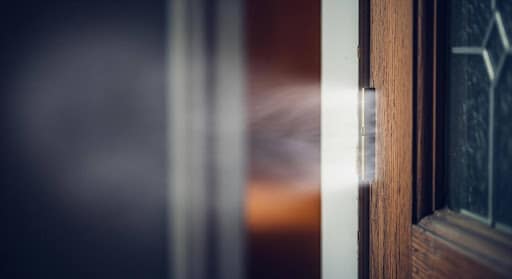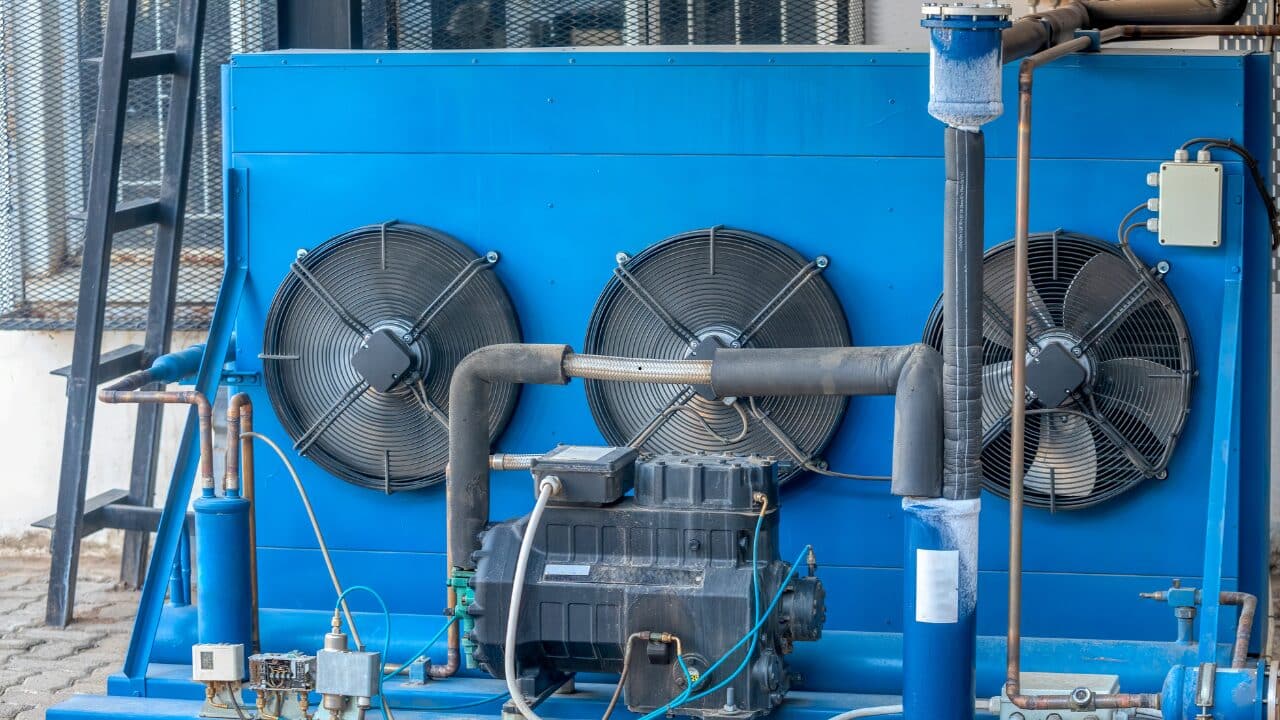Even though Phoenix is known for its warm climate, winters can bring chilly nights, making a reliable heating system essential.
A malfunctioning heater can disrupt your comfort and cause frustration, especially during the colder months. Recognizing common heating issues and understanding how professionals address them can help you maintain a cozy home and avoid unnecessary stress.
Table of Contents
1. Uneven Heating Throughout the Home
The Problem:
Uneven heating is a frequent complaint; some rooms feel warm while others remain cold. This issue can occur due to poor insulation, unbalanced airflow, or problems with your ductwork.
The Solution:
Heating professionals start by inspecting your home’s insulation and ductwork. They check for leaks or gaps in ducts that might be causing heat loss. Balancing the system by adjusting dampers or repairing duct issues ensures even airflow and consistent temperatures throughout your home. Sealing gaps and adding insulation where necessary also improves overall comfort.
2. Pilot Light or Ignition Problems
The Problem:
Modern gas furnaces use a pilot light or electronic ignition to start heating. When these components fail, your furnace might not generate heat. Ignition issues often stem from dirty sensors, faulty wiring, or gas supply problems.
The Solution:
Professionals clean or replace the flame sensor, inspect electrical connections, and check the gas supply to ensure everything functions correctly. They might also recalibrate or replace the ignition system, restoring proper operation and safety.
3. Unusual Noises from the Heater
The Problem:
Heaters sometimes produce banging, rattling, or squealing noises that indicate underlying problems. These sounds could result from loose components, worn-out belts, or issues with the blower motor.
The Solution:
HVAC technicians pinpoint the noise source by inspecting moving parts like belts and motors. They tighten or replace loose or worn components and lubricate parts to minimize friction and noise. Addressing these issues promptly prevents further damage to the system.
4. Short Cycling
The Problem:
Short cycling occurs when a heater turns on and off frequently without completing a full heating cycle. This issue wastes energy and increases wear on the system. Common causes include a dirty air filter, an oversized furnace, or thermostat malfunctions.
The Solution:
Professionals begin by replacing or cleaning dirty filters to improve airflow. If the issue persists, they evaluate the size of the furnace relative to your home. They might recommend downsizing or installing a more efficient system in cases of improper sizing. Technicians also check the thermostat for calibration issues or positioning errors, as a thermostat placed near a heat source can cause inaccurate readings.
5. Thermostat Malfunctions
The Problem:
A faulty thermostat can cause your heating system to stop working or run inefficiently. This issue could be due to outdated equipment, incorrect settings, or wiring problems.
The Solution:
Technicians examine the thermostat for errors, recalibrate it, and replace outdated models with programmable or smart thermostats for better control. They also ensure the thermostat is installed in an optimal location away from direct sunlight or drafts to improve accuracy.
6. Dirty or Clogged Air Filters
The Problem:
Air filters trap dust, debris, and allergens to maintain indoor air quality. Over time, these filters can become clogged, reducing airflow and causing your heating system to work harder. This can lead to overheating or system breakdowns.
The Solution:
Regular maintenance includes replacing air filters every 1-3 months, depending on usage and indoor air quality needs. HVAC professionals can recommend high-efficiency filters to improve air circulation and reduce strain on your system.
7. Blower Motor Issues
The Problem:
The blower motor is responsible for circulating warm air throughout your home. If it fails, you may notice weak airflow or no air at all coming from the vents. This problem can result from worn-out bearings, electrical issues, or overheating.
The Solution:
Technicians inspect the blower motor and its components for damage or wear. They may replace bearings, repair wiring, or install a new motor if the existing one is beyond repair. Regular lubrication and cleaning can also extend the lifespan of the motor.
8. High Energy Bills
The Problem:
An unexpected spike in your energy bills could signal a problem with your heating system. Inefficient operation, duct leaks, or outdated equipment are common culprits.
The Solution:
Heating professionals perform an energy audit to identify inefficiencies. They may suggest duct sealing, system tune-ups, or upgrading to a more energy-efficient unit to reduce costs. Preventative maintenance is another critical step to ensure your system operates efficiently year-round.
9. System Won’t Turn On
The Problem:
A heating system that refuses to start can be alarming, especially during cold weather. Causes may include tripped breakers, a malfunctioning thermostat, or electrical problems.
The Solution:
Technicians begin by checking the power supply, including circuit breakers and fuses. They inspect the thermostat for issues and troubleshoot electrical components to identify the root cause. Prompt repairs or replacements restore heat to your home quickly.
10. Furnace Overheating
The Problem:
An overheating furnace can shut down frequently or emit a burning smell. Common causes include clogged filters, blocked vents, or mechanical failures.
The Solution:
HVAC professionals clean or replace clogged filters and inspect vents for blockages. They also examine internal components like the heat exchanger or blower motor for damage. Ensuring proper airflow and addressing mechanical issues helps prevent overheating and improves safety.
Tips to Prevent Common Heating Issues
- Schedule Regular Maintenance: Annual check-ups ensure your heating system runs smoothly and efficiently.
- Replace Air Filters Frequently: Clean filters improve airflow and reduce strain on your system.
- Seal Air Leaks: Proper insulation and duct sealing help maintain consistent temperatures.
- Invest in a Programmable Thermostat: Modern thermostats optimize heating schedules, reducing energy waste.
Maintaining your heating system is key to keeping your home comfortable during Phoenix’s cooler months. By recognizing these common problems and relying on professional solutions, you can extend the life of your system, reduce energy costs, and enjoy a warm, stress-free winter.





